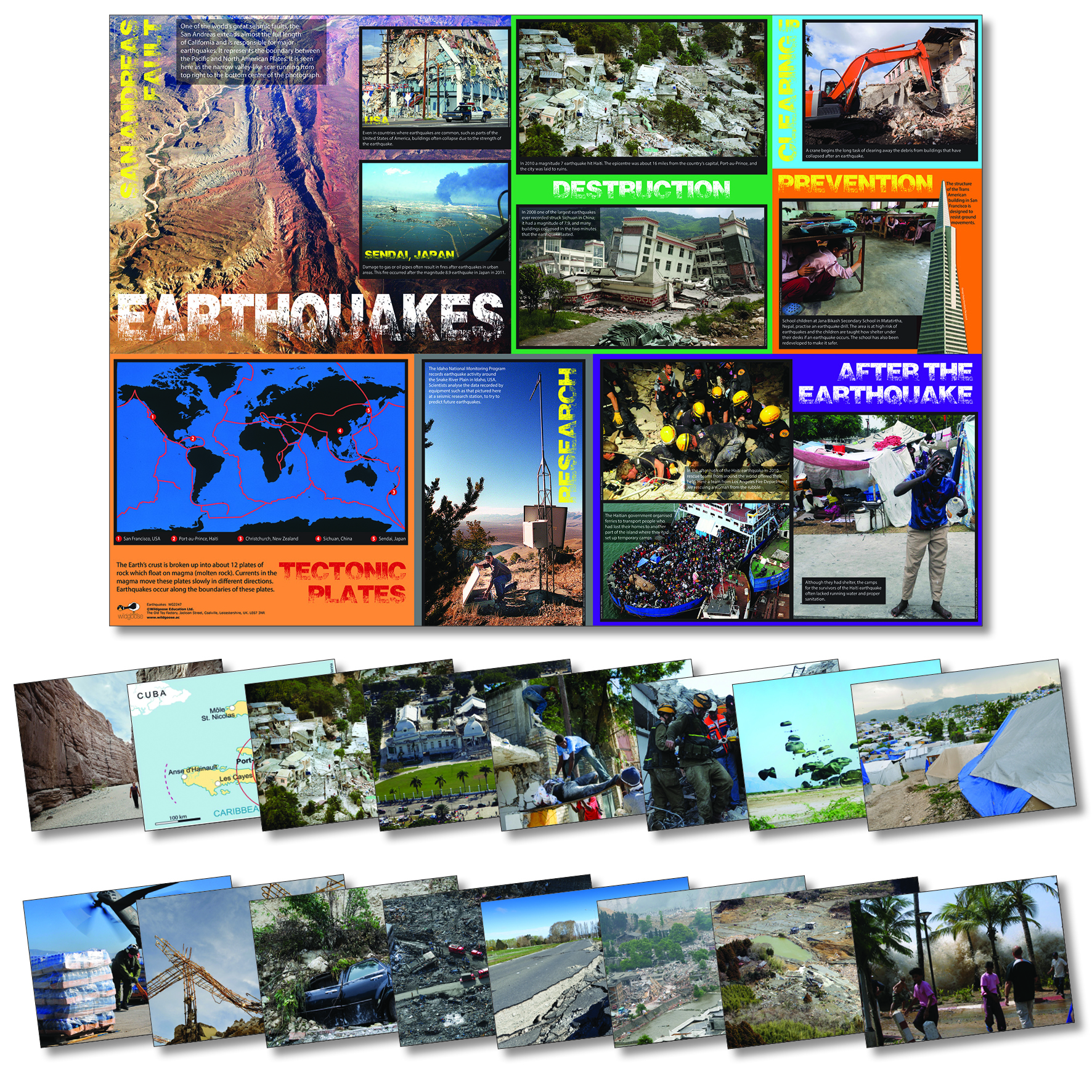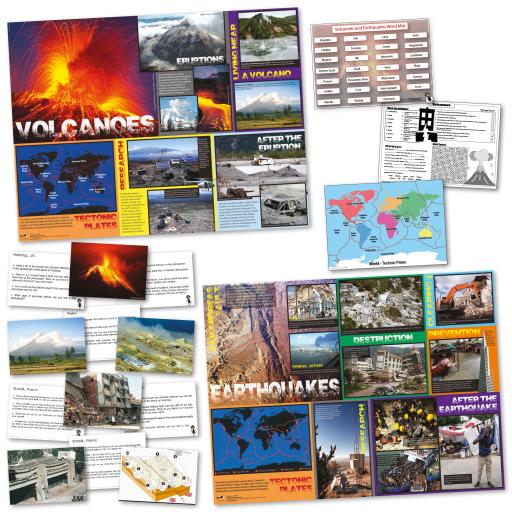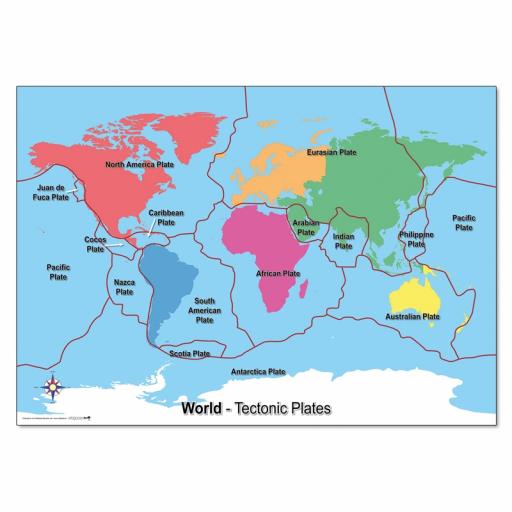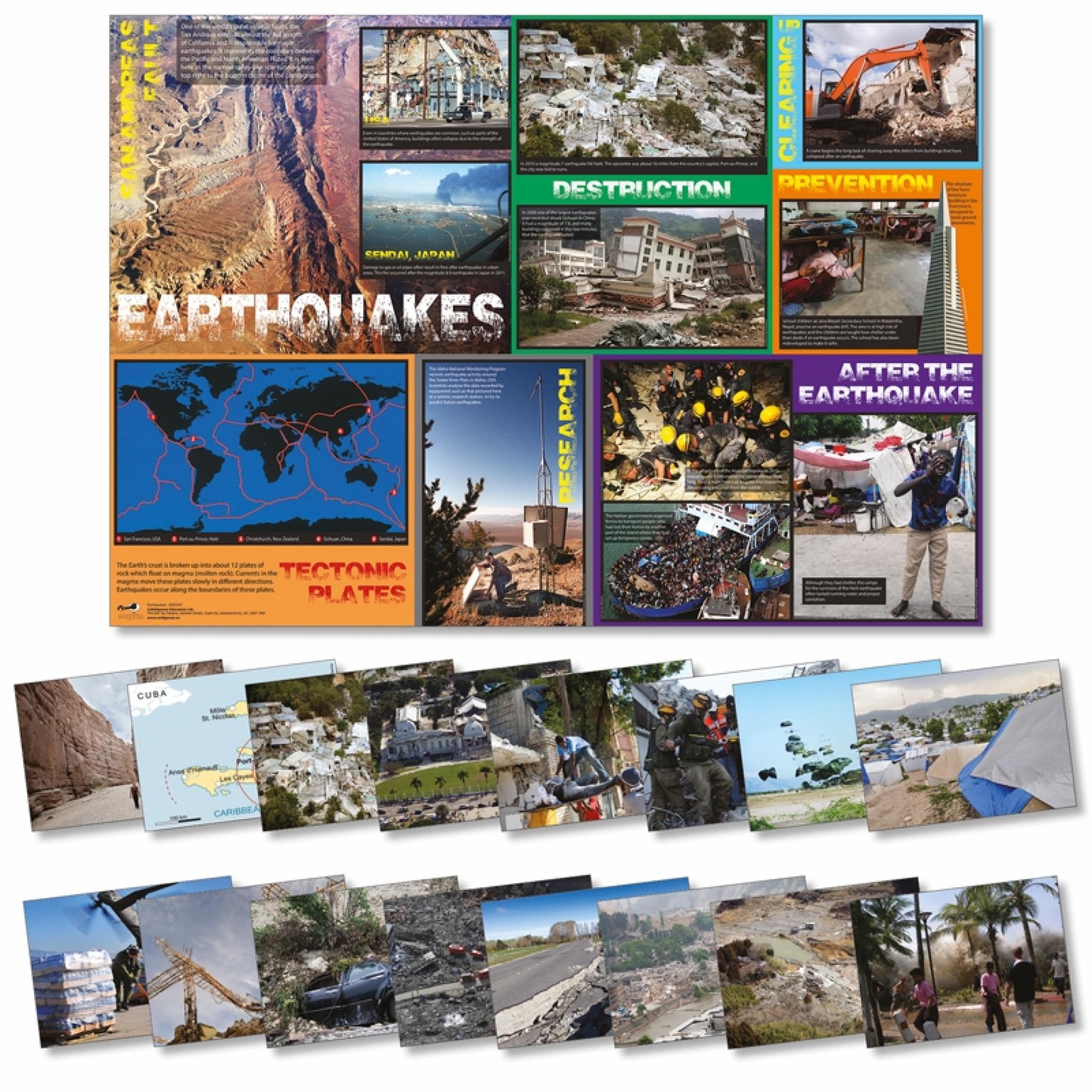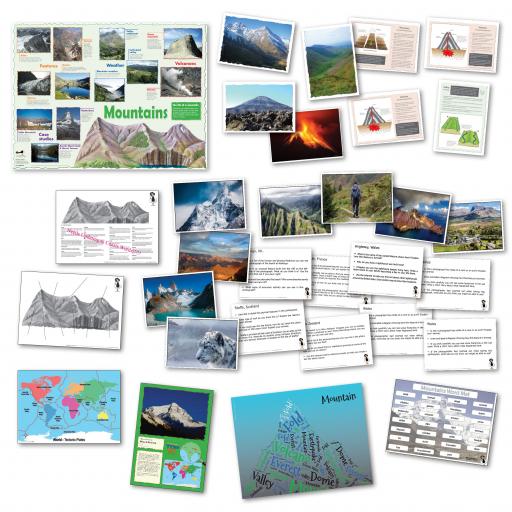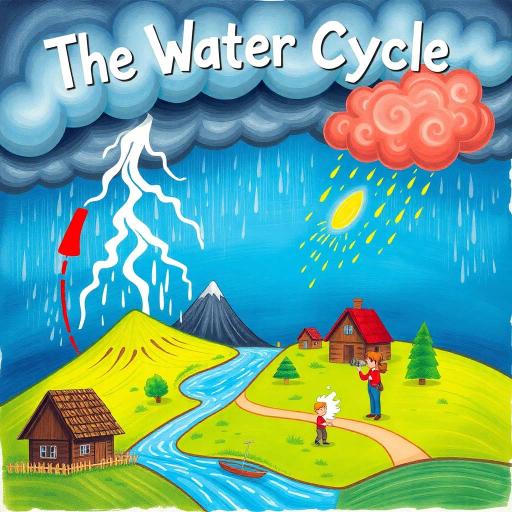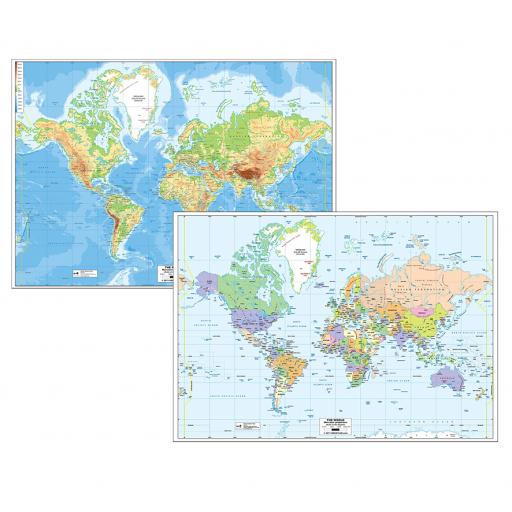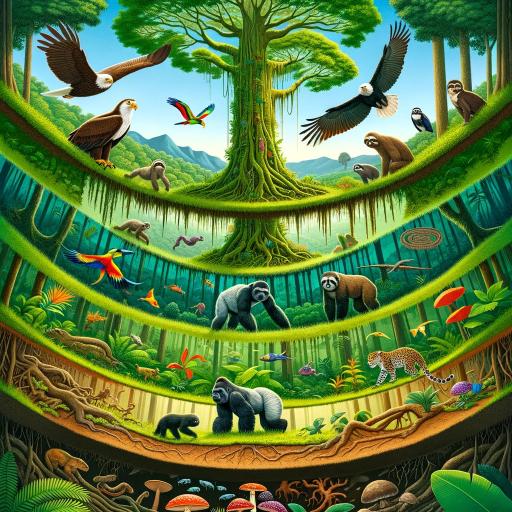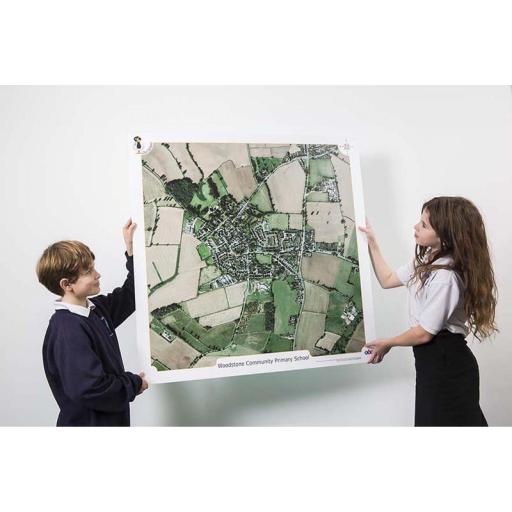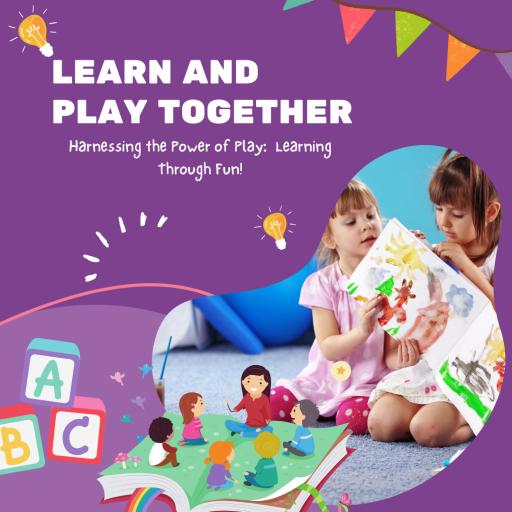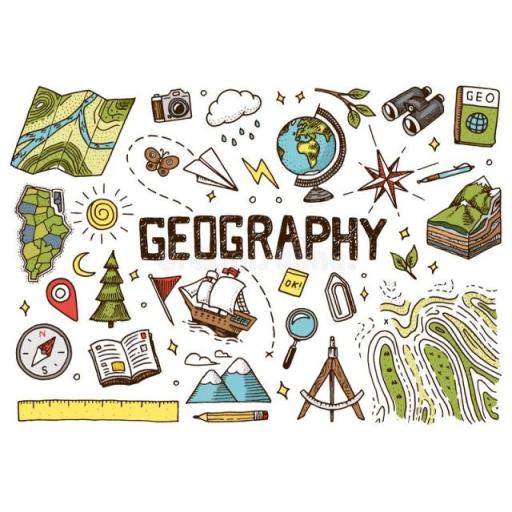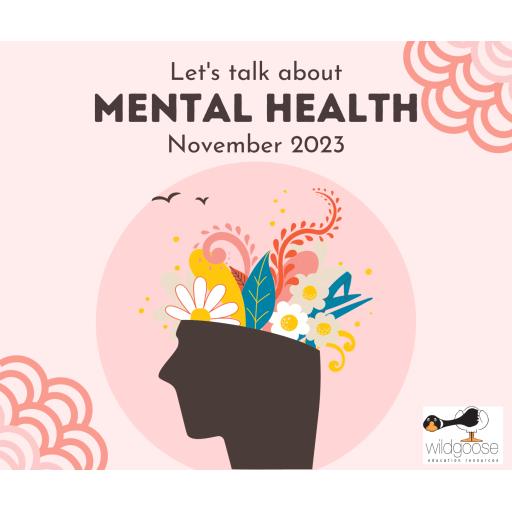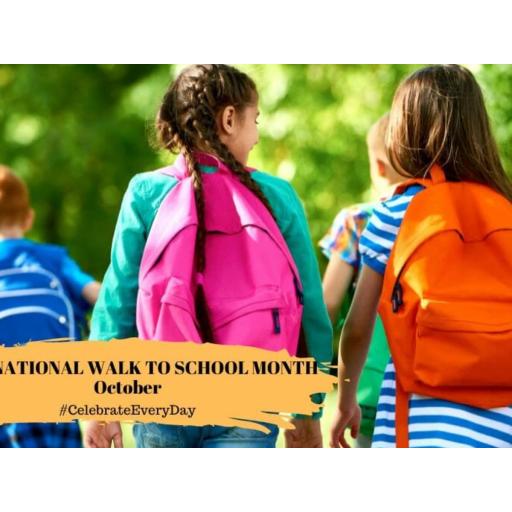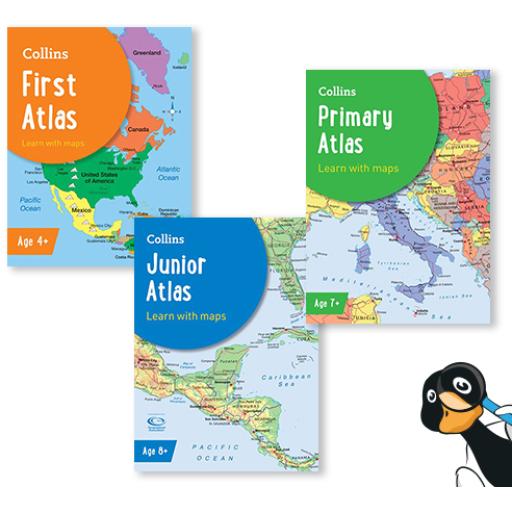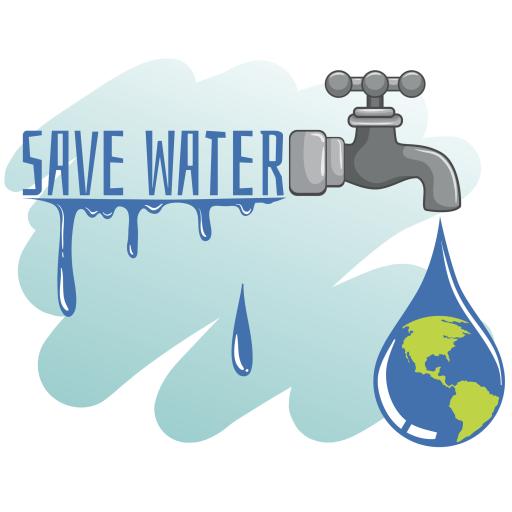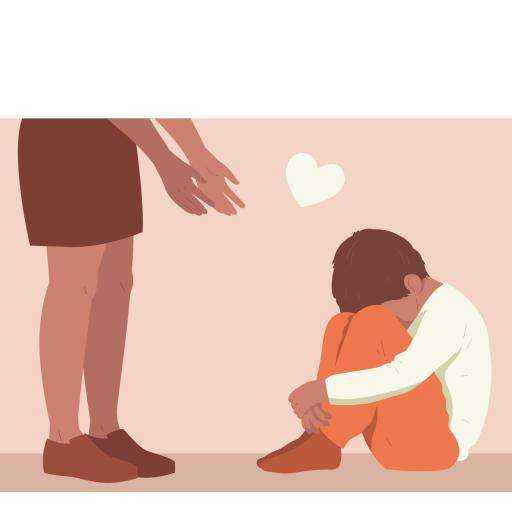...leading supplier of KS1 and KS2 Geography, History and Humanities resources
- MENU
-
Geography
-
- The Americas
- USA
- South America
- Human Geography
- Local Area
- Settlements
- Geograpy Skills
- Aerial Photography
- SplashMaps
- Fieldwork
- Mapping Skills
- Physical Geography
- Coasts
- Geographical Features
- Mountains
- Geography Skills
- Rivers
- Seaside
- Volcanoes and Earthquakes
-
-
History
-
- World History
- Ancient Egypt
- Ancient Greece
- Benin
- Black History Month
- Early Islamic Civilisation
- Maya
- Indus Valley
- Romans
- Stone Age
- Archaeology
- British History
- Anglo Saxons
- Medieval
- Monarchs
- Tudors
- Victorians
- Vikings
- Significant People and Events
- Within Living Memory
- Great Fire of London
- Gunpowder Plot
- Significant People
- Remembrance Day
- World War I
- World War II
-
-
RE
-
Languages
-
Science
-
Maths
-
Music
-
Download
Making a difference in education.
Supporting teaching and learning with quality resources from our friendly, professional team.
FREE DELIVERY FOR ORDERS OVER £125.
Our last posting day for orders is the 17th December 2025.
We return from the festive break on 5th January 2026.
Any order received after 17th December will not be processed or shipped until 2026!

